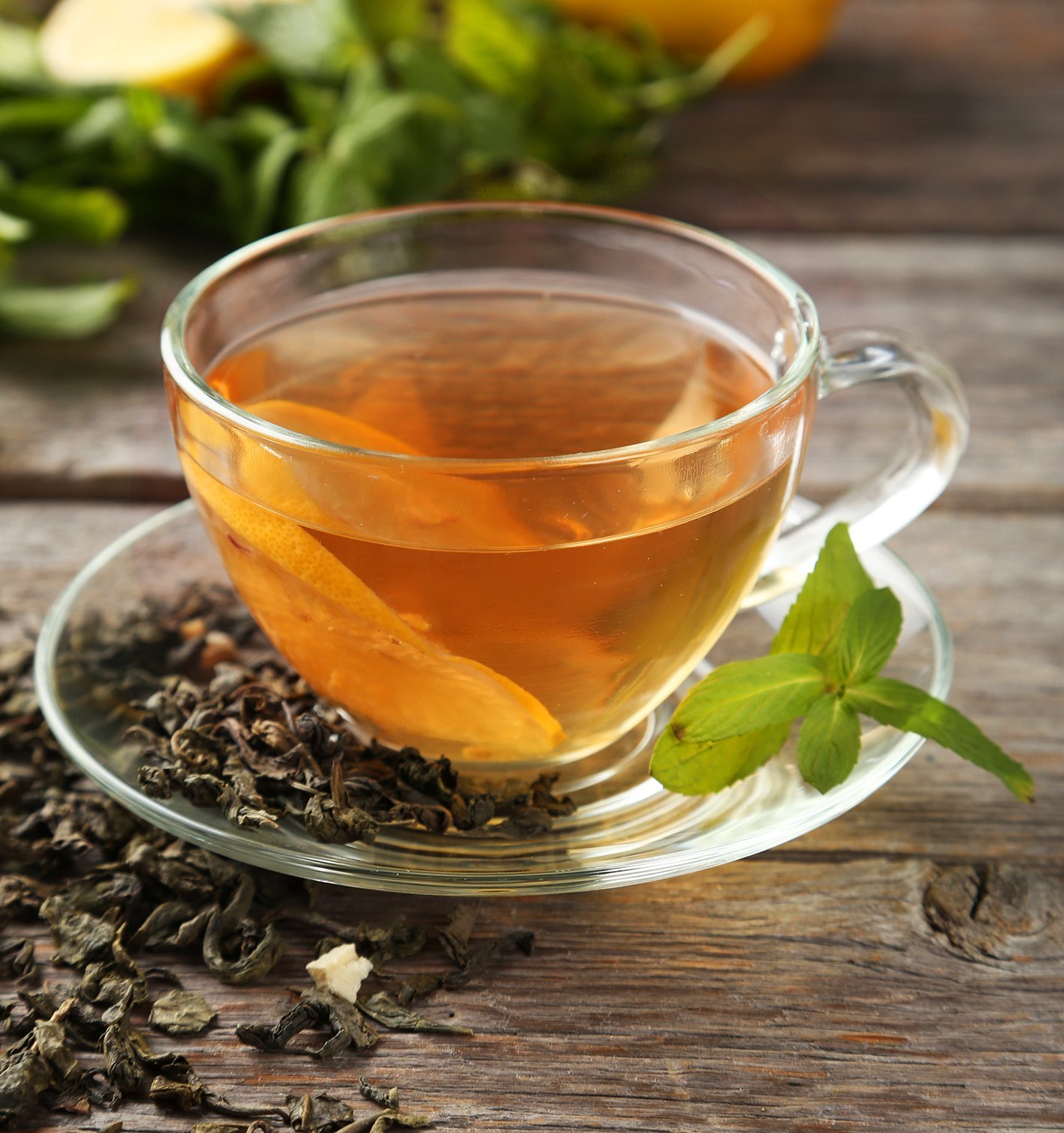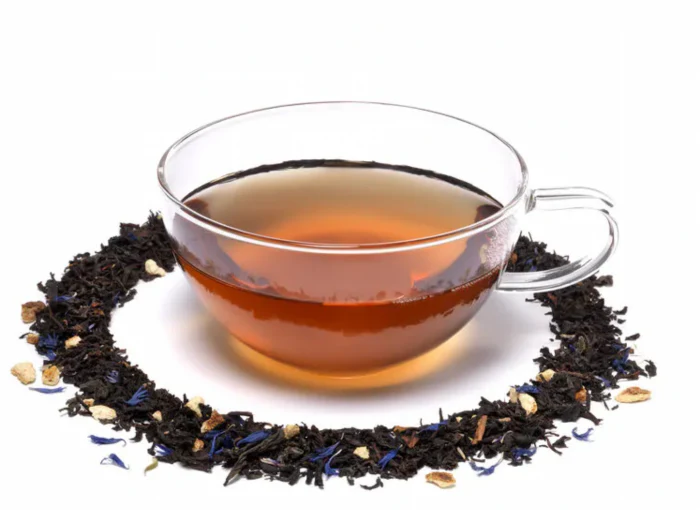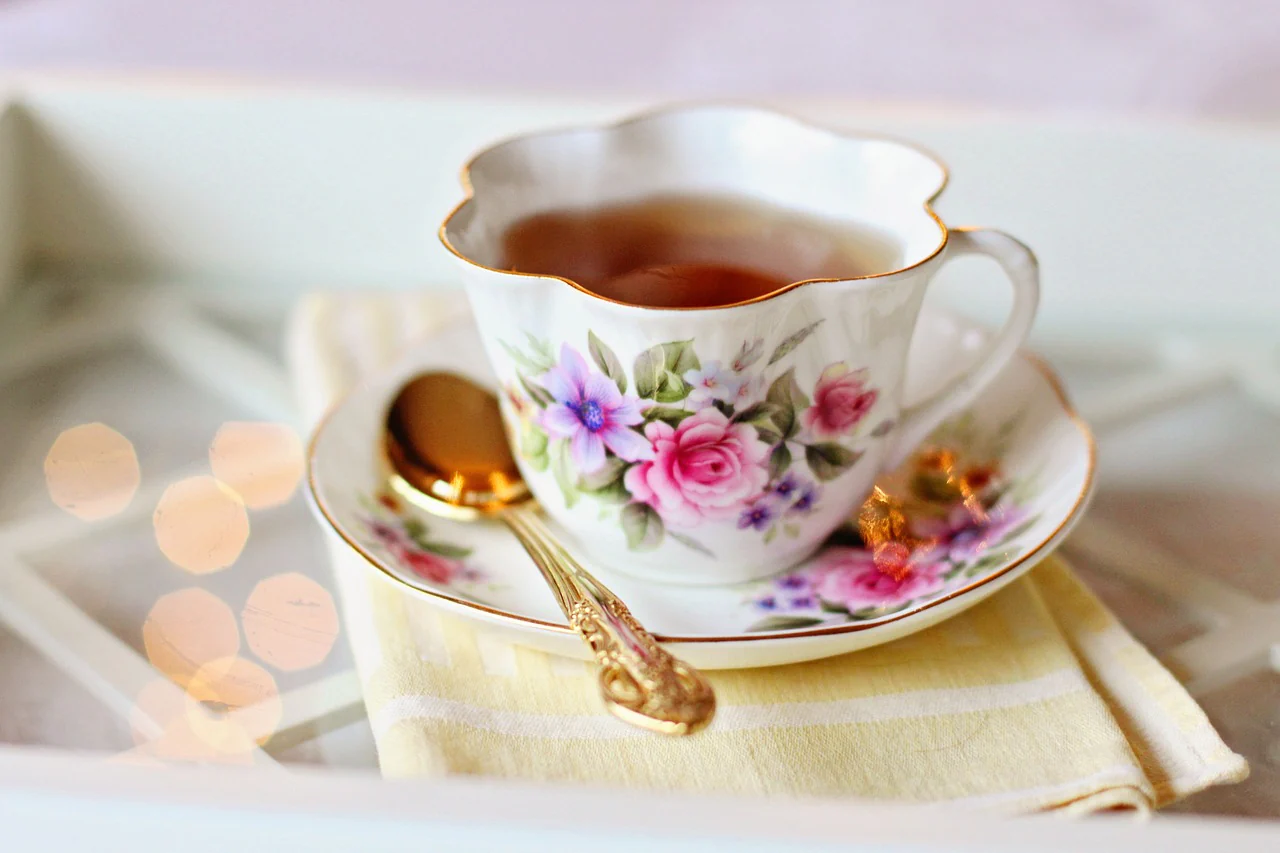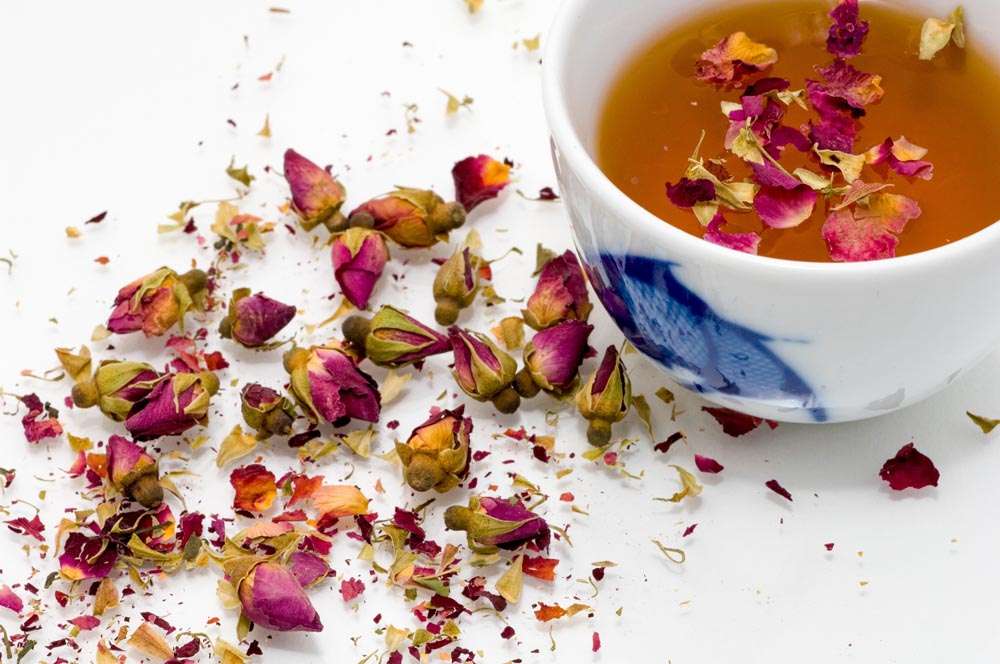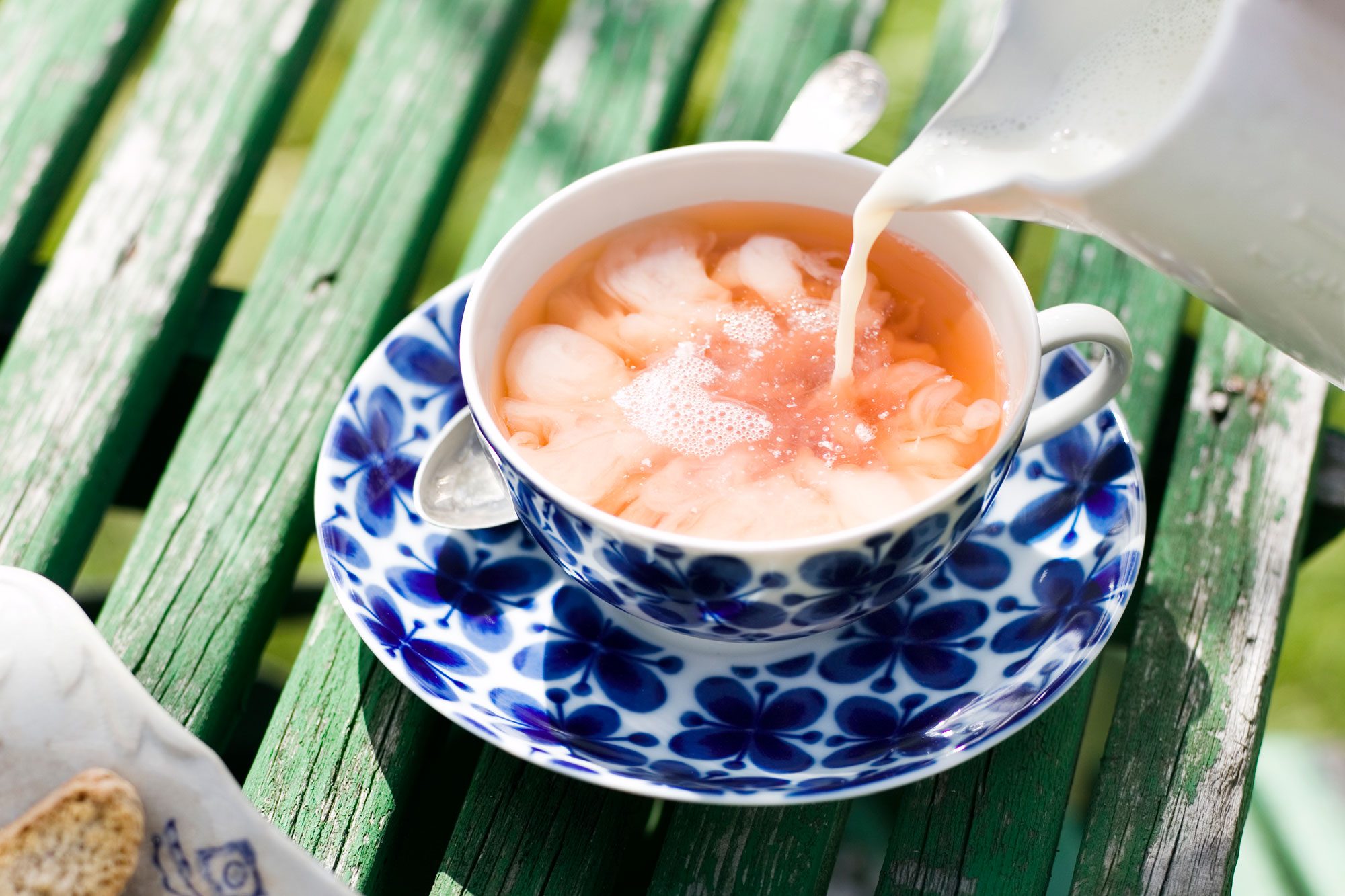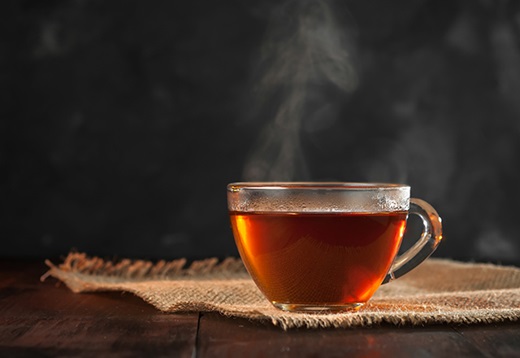Earl Grey tea, a globally cherished blend known for its distinctive bergamot aroma, has a fascinating origin story steeped in history, innovation, and even a touch of mystery. This classic tea, often associated with refinement and elegance, is a blend of black tea infused with the essential oil of bergamot, a citrus fruit that adds its signature floral and citrusy notes. But how did Earl Grey come to be, and what makes it so enduringly popular? Let’s explore its origins and evolution.
Who Was Earl Grey?
Earl Grey tea is named after Charles Grey, the 2nd Earl Grey, who served as British Prime Minister from 1830 to 1834. His tenure is remembered for significant political reforms, including the abolition of slavery in the British Empire. However, his name is equally renowned in the world of tea thanks to this iconic blend.
The connection between Earl Grey himself and the tea blend is less clear and surrounded by anecdotal stories. One popular tale suggests that the tea was created as a gift for the Earl after he allegedly saved a Chinese mandarin’s son from drowning during a diplomatic mission. In gratitude, the mandarin blended black tea with bergamot oil and presented it to the Earl. While this story adds an element of romance, historians note that Earl Grey never visited China, casting doubt on its veracity.
Another account attributes the blend to a British tea company that named it in his honor, perhaps to capitalize on his political prominence. Regardless of its precise origins, the tea became associated with the Grey family and gained widespread popularity under this name.
What is Bergamot?
Bergamot, the key ingredient that defines Earl Grey tea, is a citrus fruit primarily grown in Calabria, Italy. It is believed to be a hybrid of bitter orange and lemon, producing a unique aroma that is simultaneously sweet, floral, and tangy. The essential oil extracted from the bergamot rind is what gives Earl Grey its characteristic flavor.
The use of bergamot oil in tea not only adds complexity to the flavor but also has practical benefits. Historically, it was believed that bergamot’s natural properties helped preserve the tea during transport, a useful feature during long voyages when tea was shipped across continents.
Earl Grey’s Rise to Popularity
Earl Grey tea gained popularity in the 19th century, aligning perfectly with the Victorian era’s tea-drinking culture. Its refined flavor made it a favorite in British high society, often served during afternoon tea alongside delicate pastries and finger sandwiches. The blend’s versatility also allowed it to appeal to a broad audience, making it a household staple.
The tea’s popularity quickly spread beyond Britain, becoming a symbol of sophistication in Europe, North America, and beyond. Its unique flavor profile distinguished it from other black teas, ensuring its place as a timeless classic.
Variations of Earl Grey
Over time, the traditional recipe of black tea and bergamot oil has inspired numerous variations, appealing to a wide range of palates:
- Lady Grey: A lighter version of Earl Grey with added citrus flavors, such as lemon and orange, for a gentler profile.
- Green Earl Grey: Uses green tea as the base, offering a more delicate flavor with the same bergamot essence.
- Rooibos Earl Grey: A caffeine-free alternative using rooibos tea, which has a naturally sweet and earthy flavor.
- Lavender Earl Grey: Infused with lavender flowers for a floral twist on the classic blend.
- Cream Earl Grey: Adds vanilla flavoring for a creamy, dessert-like experience.
Cultural and Global Significance
Earl Grey tea has transcended its British origins to become a global phenomenon. It is enjoyed in countless forms, from traditional hot brews to modern interpretations like Earl Grey lattes and iced teas. Its aromatic profile makes it a versatile ingredient, used in baking, cocktails, and even perfumes.
The blend’s association with elegance and tradition has also cemented its place in pop culture. For instance, it was famously favored by Captain Jean-Luc Picard of Star Trek, whose order of “Tea, Earl Grey, hot” has become iconic.
Conclusion
Earl Grey tea’s origins may be shrouded in mystery, but its enduring appeal is undeniable. A blend of history, innovation, and unique flavor, it continues to captivate tea lovers around the world. Whether enjoyed as a comforting cup on a cold day or as part of a sophisticated afternoon tea, Earl Grey remains a testament to the art of blending and the global love of tea.
